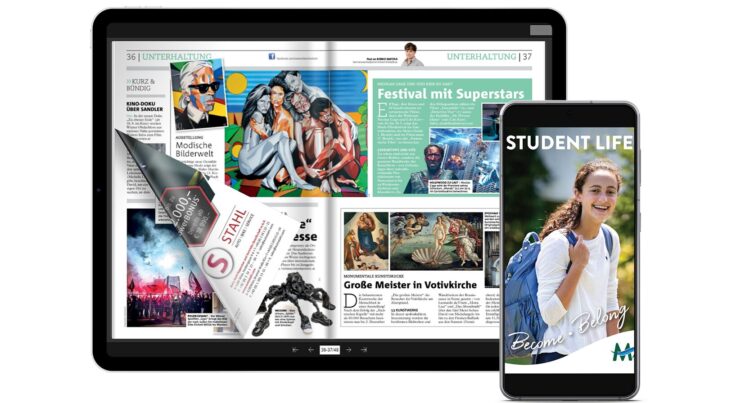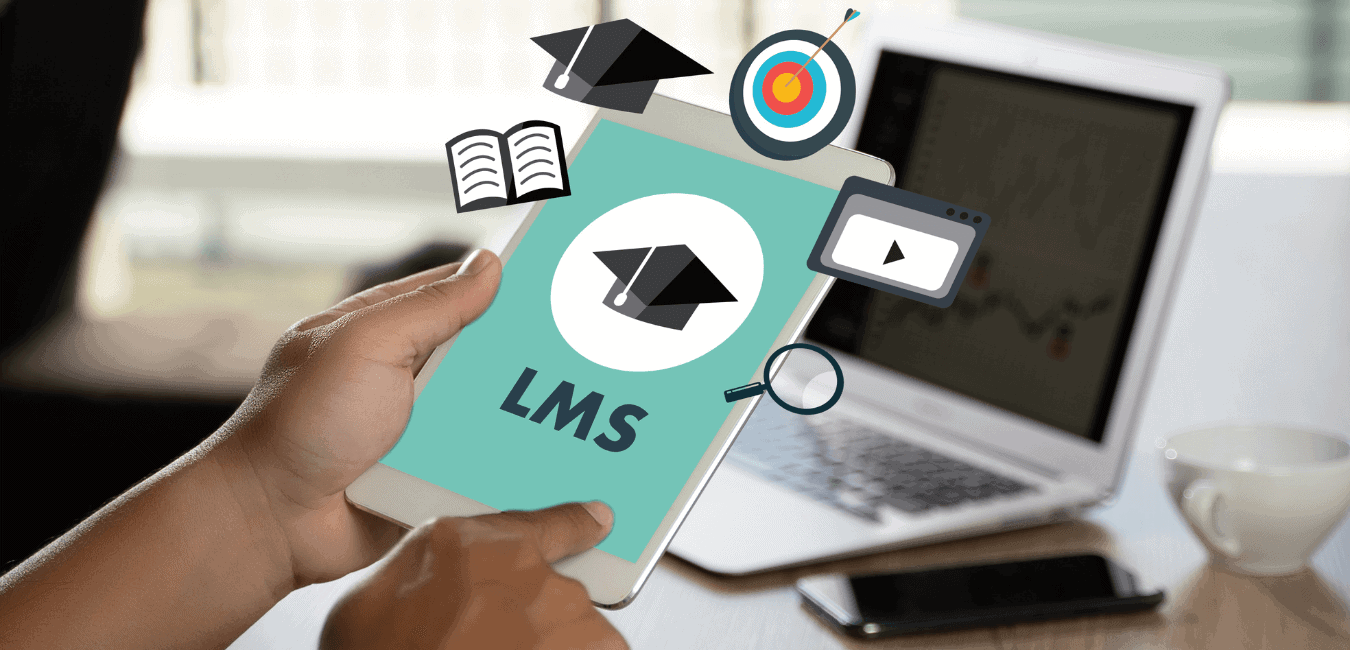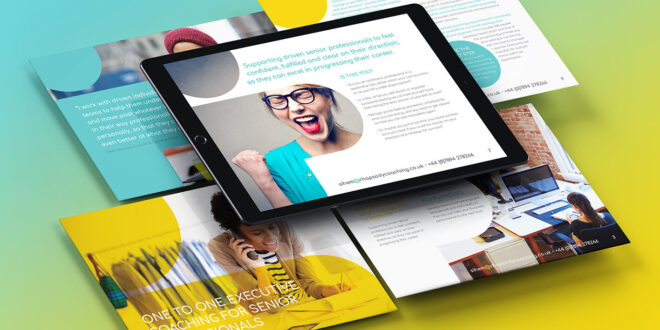The digital revolution has touched virtually every facet of our lives, reshaping the way we communicate, work, and learn. One such evolution has been the transition from traditional paper brochures to e-brochures in the educational sector.
Modern tools allow educators and students to create brochure designs that transcend the limitations of paper. For instance, teachers can create brochure at StoryboardThat using its vast array of customizable templates and interactive features. Let’s dive in and see what benefits educators can yield from this revolution.
Advantages of E-brochures in Teaching
While paper brochures have served us well for decades, granting concise, tangible overviews of topics, the advent of their digital counterparts offers a slew of benefits that cater to the evolving needs of contemporary educators and learners.
- Interactivity ─ Unlike traditional brochures, digital brochures can host multimedia elements, such as videos, audio clips, hyperlinks, and animations. This engages the sensory experience of students, catering to different learning styles, from auditory to visual learners.
- Eco-friendliness ─ E-brochures eliminate the need for paper, contributing to environmental sustainability. With concerns about our planet’s well-being escalating, this shift is both responsible and future-forward.
- Cost-effective ─ While there’s an initial investment in the software or platform, in the long run, digital brochures prove to be cost-efficient. There are no recurrent printing costs, and distribution is as simple as sharing a link or file.
- Easy updates and edits ─ Course content evolves, and new information emerges. With e-brochures, updates can be seamlessly integrated without the need for reprinting or redistributing.
- Global reach and accessibility ─ Digital brochures can be accessed from anywhere, anytime. This is especially advantageous in remote learning scenarios, ensuring that students, irrespective of their location, receive uniform content.
Integrating Digital Brochures in Teaching

Now, while the benefits are clear, how do educators practically integrate these e-brochures into their teaching modules?
Topic Overviews
Just as traditional brochures provide a snapshot of a lesson or topic, e-brochures can give students a brief overview, but with the added benefit of interactive elements. For instance, a brochure on the solar system might contain clickable links to video clips of each planet.
Homework and Assignments
E-brochures as a medium offer a refreshing twist to traditional homework and assignment formats. Tasking students with the creation of their own e-brochures encourages them to synthesize information in a visually engaging manner, pushing them to think critically about content organization, design aesthetics, and audience engagement.
Study Guides
E-brochures can serve as revision tools. Incorporate quiz links, flash animations, and audio summaries that allow students to engage with the content actively.
Project Presentations
Encourage students to present their projects as e-brochures. This offers a structured format while allowing them the freedom to experiment with multimedia elements.
Parent-Teacher Communication
Use e-brochures to keep parents informed about curriculum updates, school events, or teaching methodologies. An interactive brochure can be a novel way for parents to feel involved in their child’s education.
Incorporate in Learning Management Systems (LMS)
As centralized platforms, LMSs provide a hub for all educational content. By adding interactive e-brochures to this mix, educators can seamlessly blend traditional course materials with dynamic, multimedia-rich resources.

Wrapping Up
The integration of technology in education is inevitable, and digital brochures are just a small fragment of this expansive transformation. They offer a harmonious blend of tradition (the structured, concise format of brochures) with the capabilities of modern technology.
While the tactile appeal of paper brochures might still hold nostalgic value for many, there’s no denying that the dynamic nature of e-brochures aligns seamlessly with the educational needs of the 21st century. As educators, leveraging these tools can enhance our teaching methodologies, making learning more interactive, inclusive, and impactful.
 Hi Boox Popular Magazine 2024
Hi Boox Popular Magazine 2024



